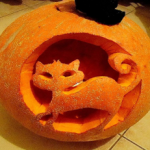
Cooler temperatures of fall will soon be here
and, along with them, the beginning of the holiday season. I’m sure your family, like mine, has some holiday traditions which have been passed down over the years. We carry them on, not necessarily for practical reasons, but as a means of bonding and connecting with past generations.
Learning to communicate using Morse code or
“CW” is one such tradition in the amateur radio
community. I’m happy to see several of our new hams accepting the challenge.
Here are some interesting Morse factoids to
encourage you in your studies.
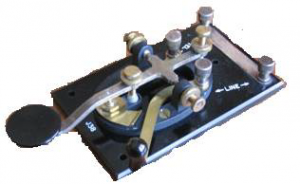
Q. Why do hams call it CW?
A. CW stands for Continuous Wave, meaning
a sine wave produced by an electronic
oscillator. The first radio signals from
spark transmitters were known as “damped
waves” and occupied lots of spectrum.
Q. What is a “bug”?
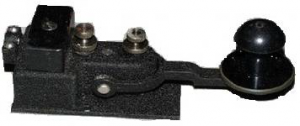
Navy Flame Proof Key
A. No, not mosquitoes from last summer. “Bug”
is slang for a mechanical speed key in
which dots are made by an oscillating
arm and dashes are sent manually with
the thumb. Bugs sped up message flow by
increasing sending speeds from 25 wpm max
typical with a straight key to over 40 wpm.
Today’s electronic keyers automate both dots
and dashes.
Q. What do the terms “fist” and “swing”
have to do with CW?
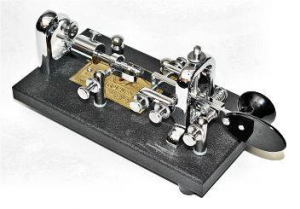
“bug”.
A1. Please, no fighting in the shack. “Fist”
refers to an individual operator’s sending
style. After working a CW net for a while,
you’ll often be able to recognize fellow
operators from their fists even before you’ve
heard their callsigns.
A2. “Swing” refers to a sending style usually
associated with a bug in which the dashes are
drawn out. Said to have originated with depression era merchant marine
operators, it’s sometimes known as the “banana boat swing”.
Q. What is high speed CW?
A. There are some ham radio contests in which a select few operators have
been able to copy speeds over 100 wpm. Aside from the novelty factor, such
speeds did have an important application. CW can provide reliable
communications with simple low power equipment under the worst conditions.
But in military applications, its slow speed and increased on air time
make it vulnerable to direction finding.
Imagine yourself an agent or Special Forces operator behind the lines
during the Cold War. There are no laptop computers or sound card modems.
CW is all you have. How can you reduce your on air time? The answer –
record your message on tape and play it through your transmitter as a high
speed burst at 300 wpm. The receiving station then copied it by slowing
down its own recording or reading directly from an inked paper tape. The
AN/GRA-71 encoder (below)was used to encode tapes for transmission. It
remained in service from the Cold War through Vietnam.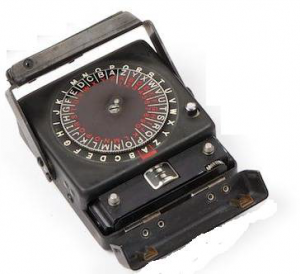
https://www.cryptomuseum.com/burst/gra71/img/300653/023/full.jpg
The transmitting operator used the AN/GRA-71 to encode a message to tape for high speed burst transmission.
http://www.navy-radio.com/morse/inker-tape-1409.JPG
At the receiving end, the message could be read from an inked paper tape.
Q. What is a good source of on the air code practice?
A. ARRL has a regular code practice schedule at speeds of 5 wpm and up.
Here’s a link: http://www.arrl.org/code-transmissions
Again, congratulations to those of you who’ve taken up the Morse
challenge. And, when you greet our new members, try to recruit some of
them into the fold. Tell them to think of it as the original texting.
